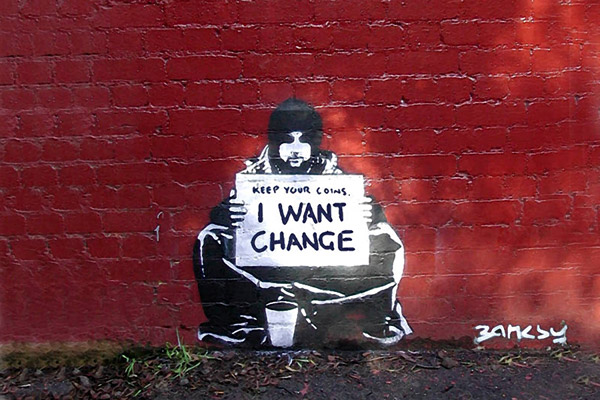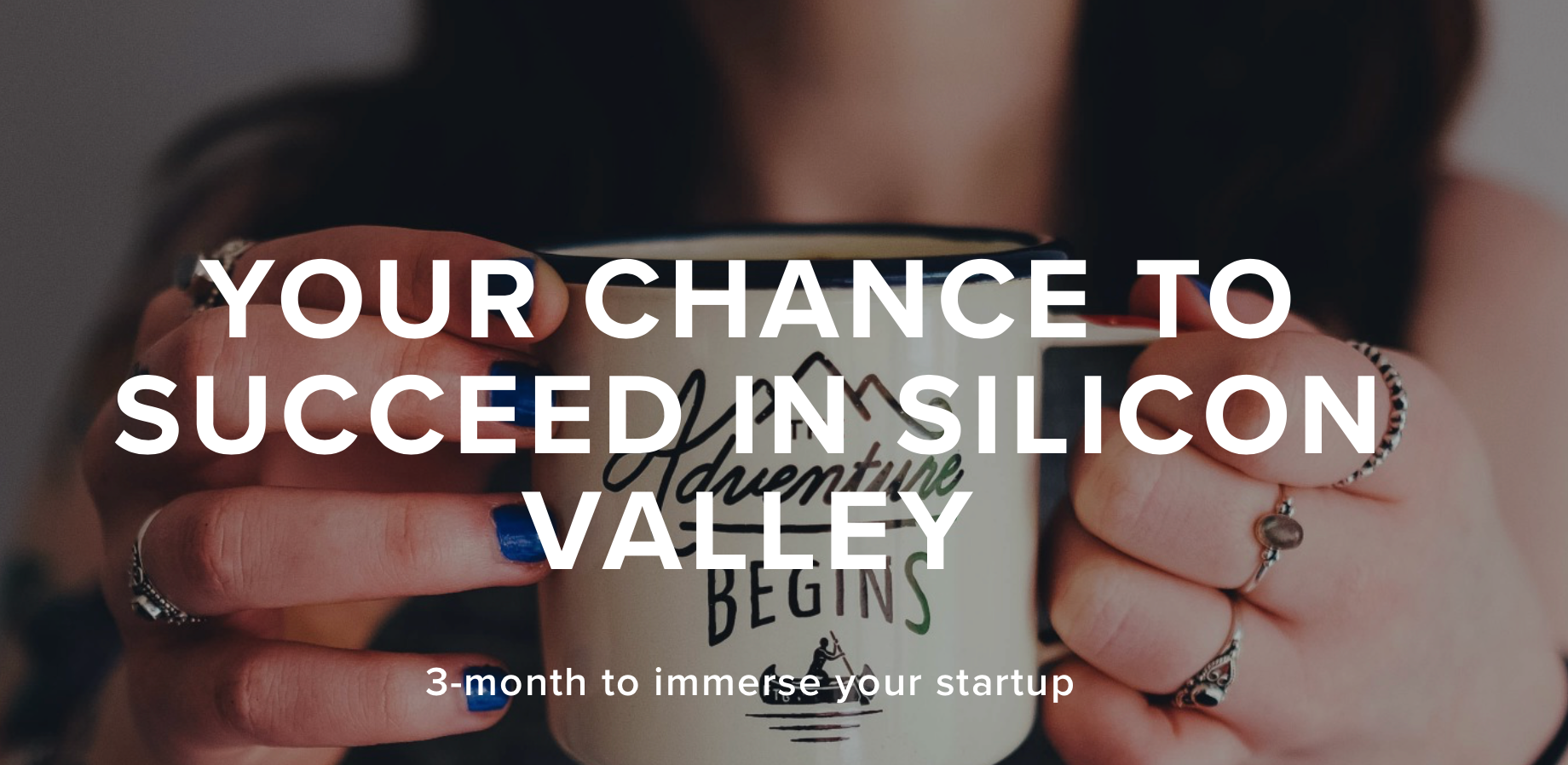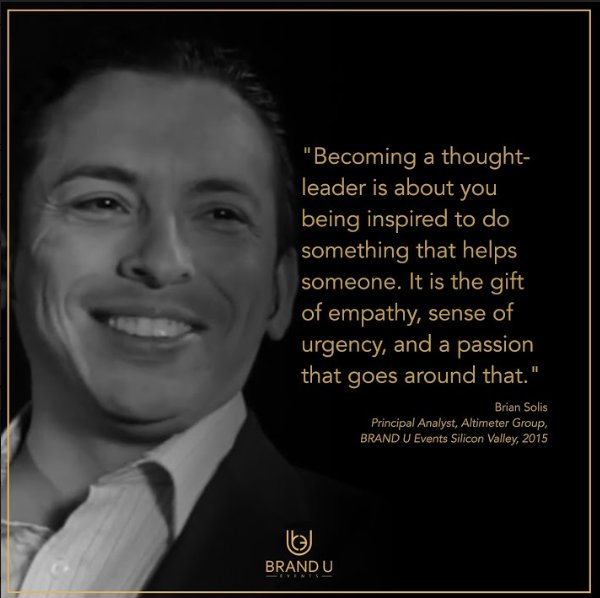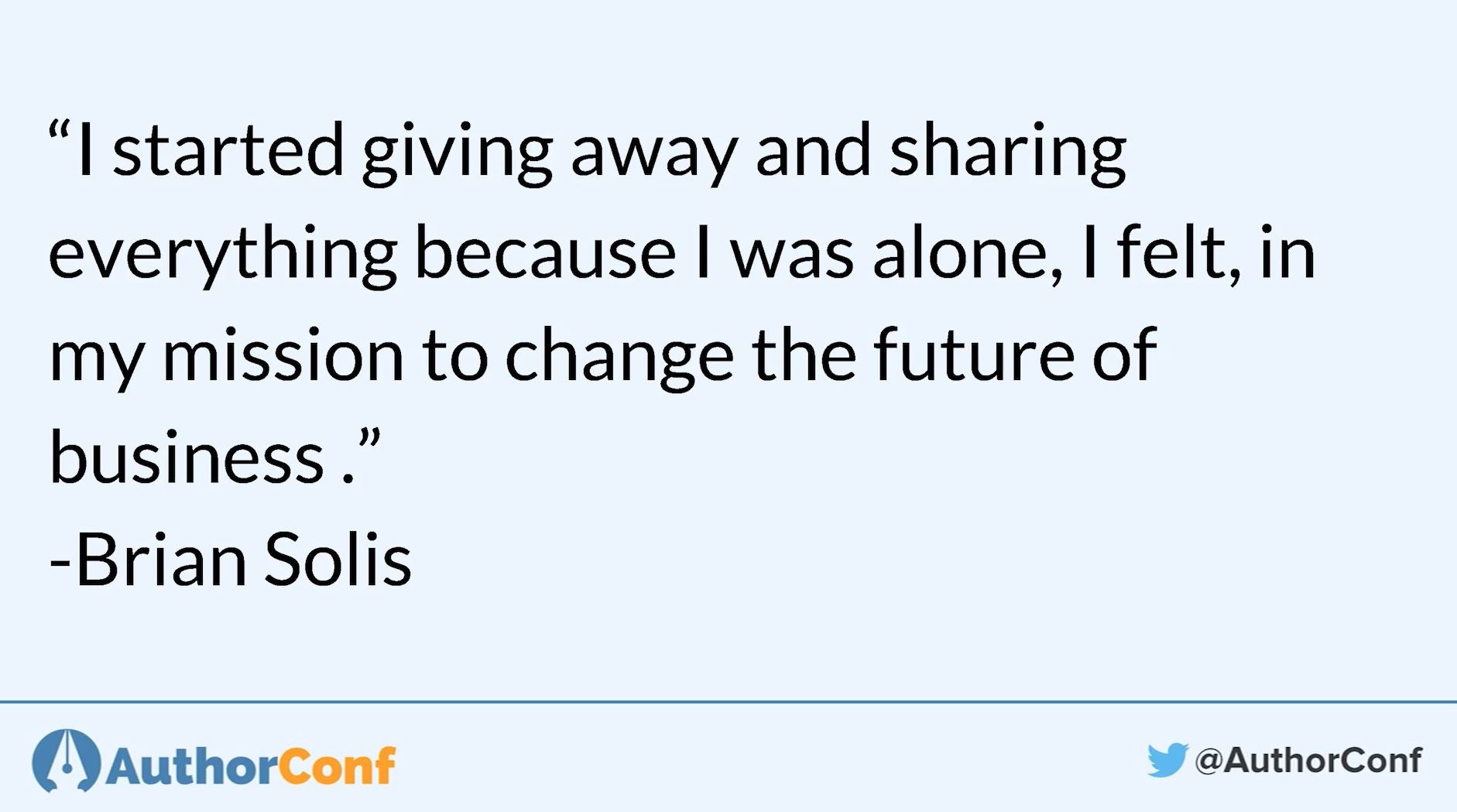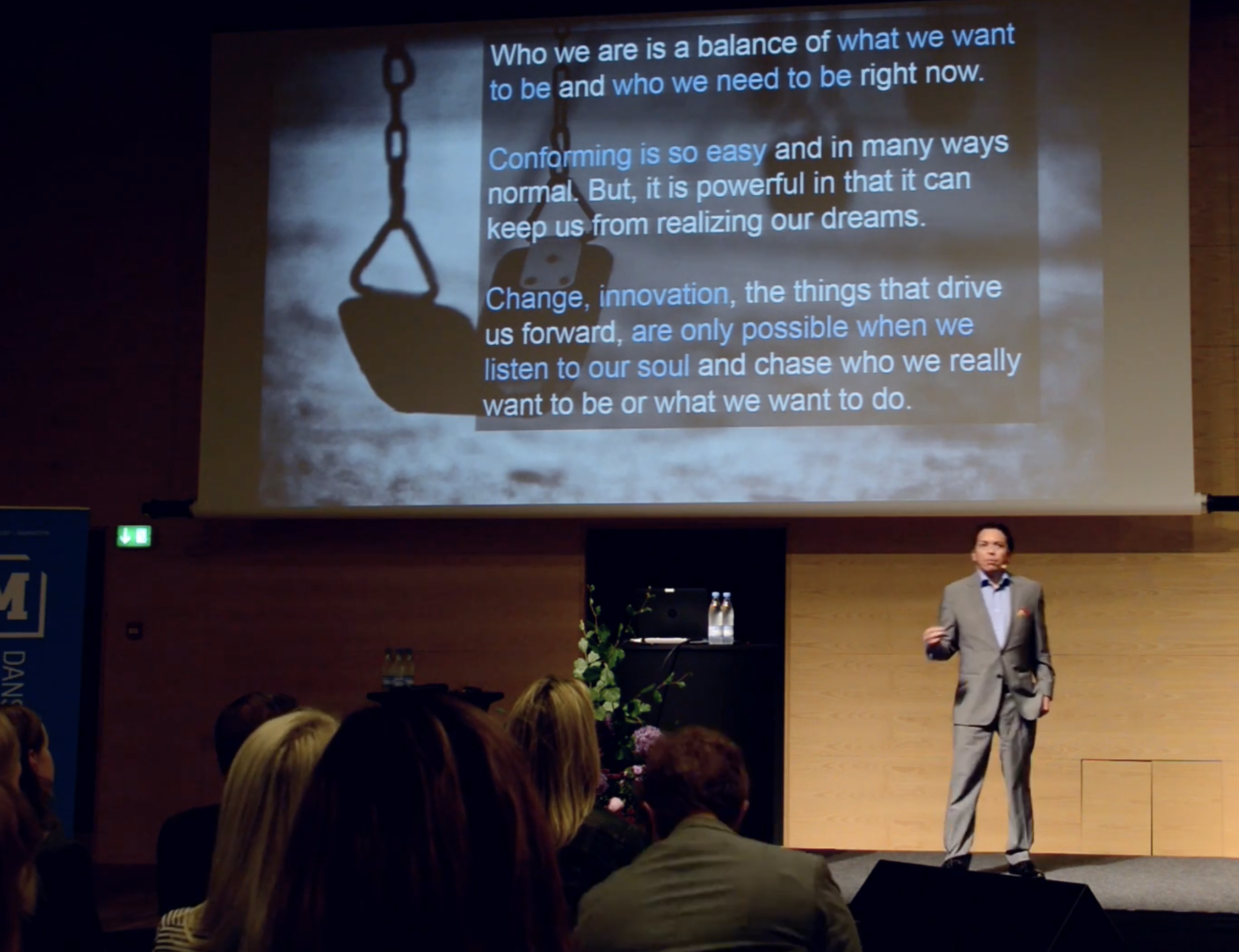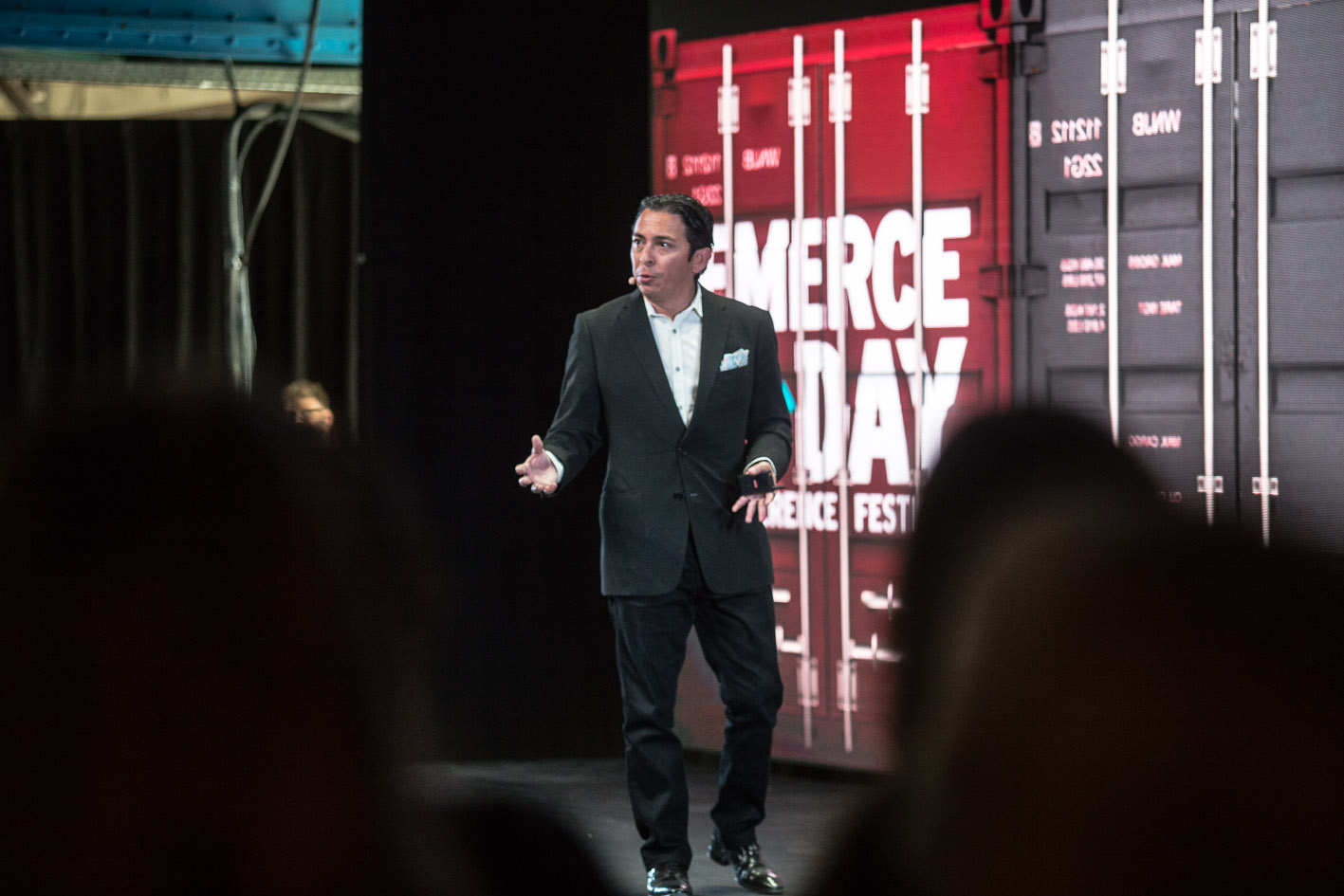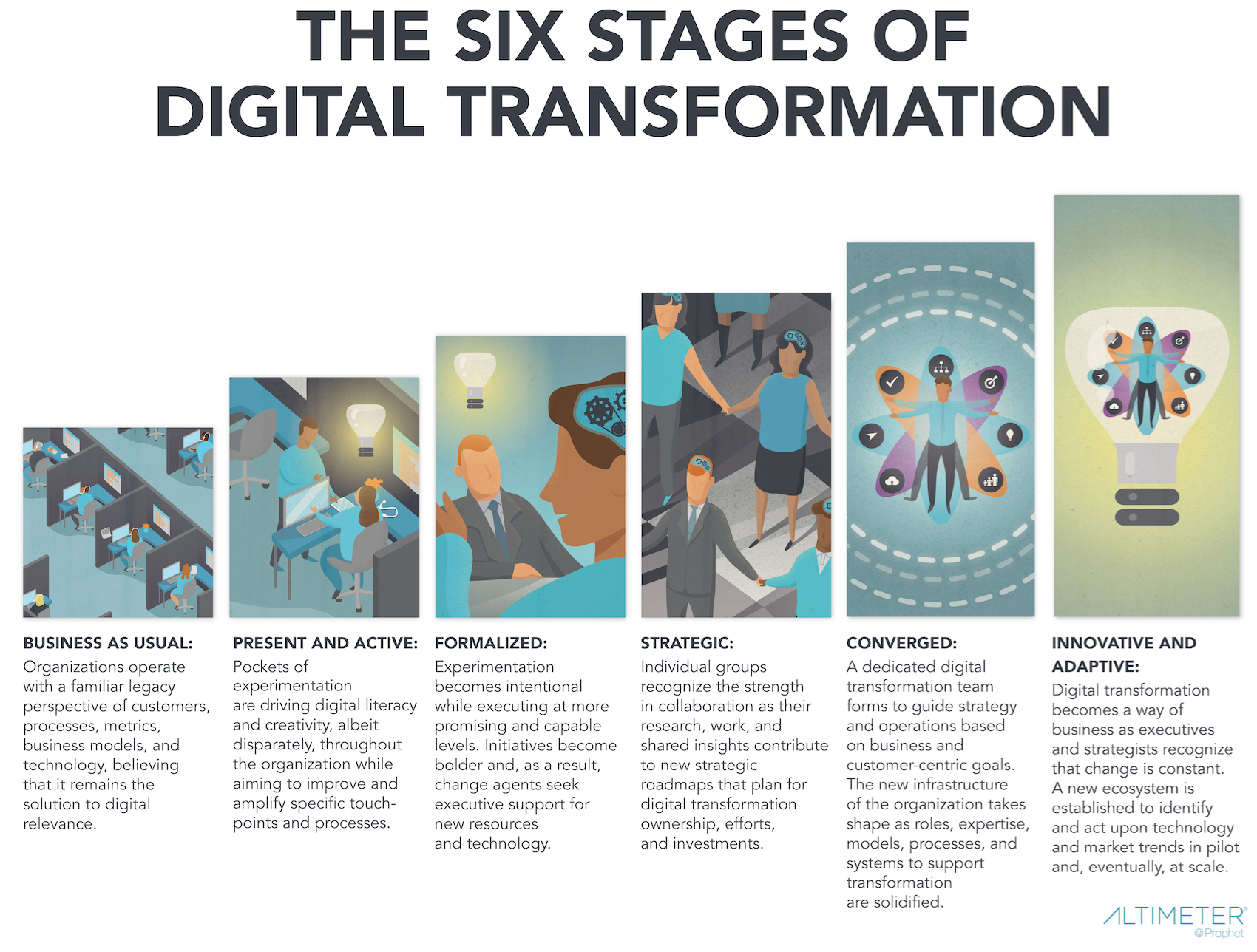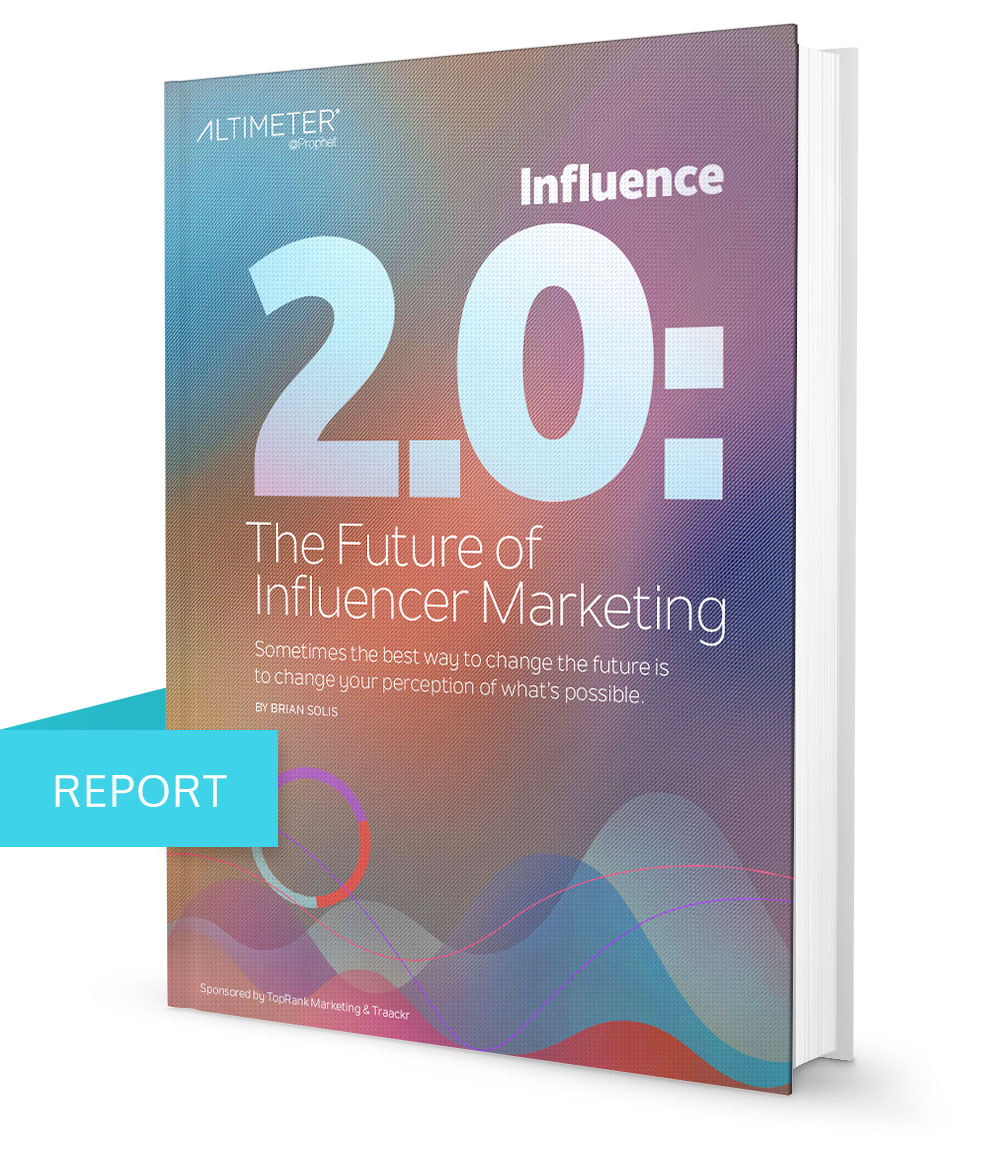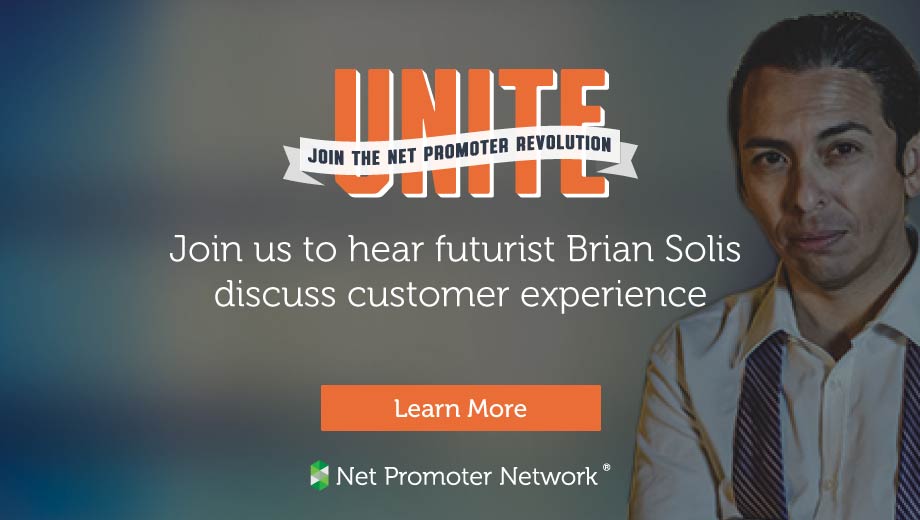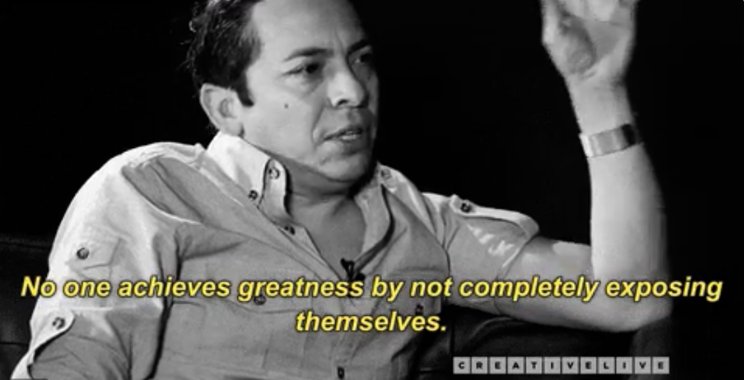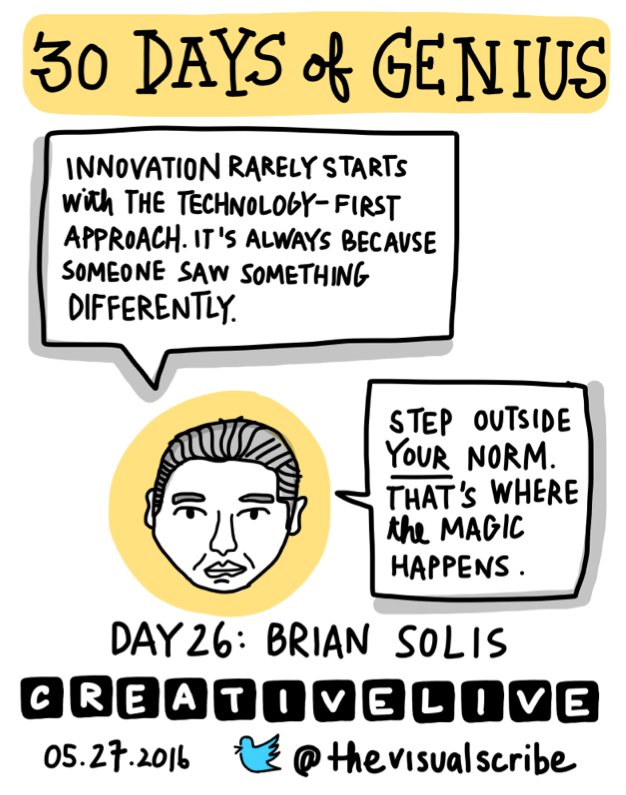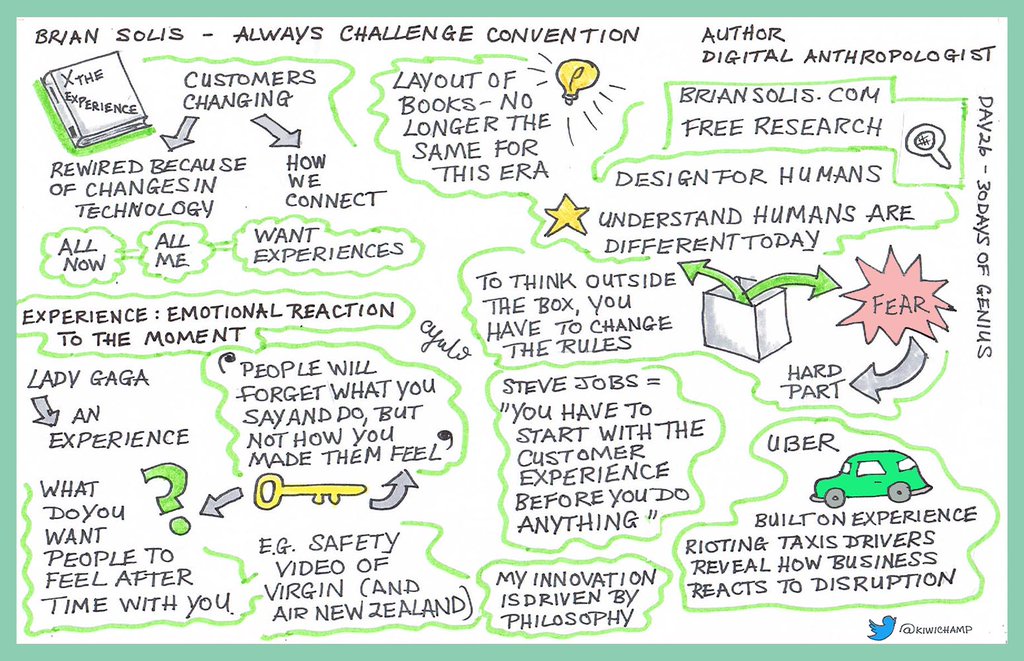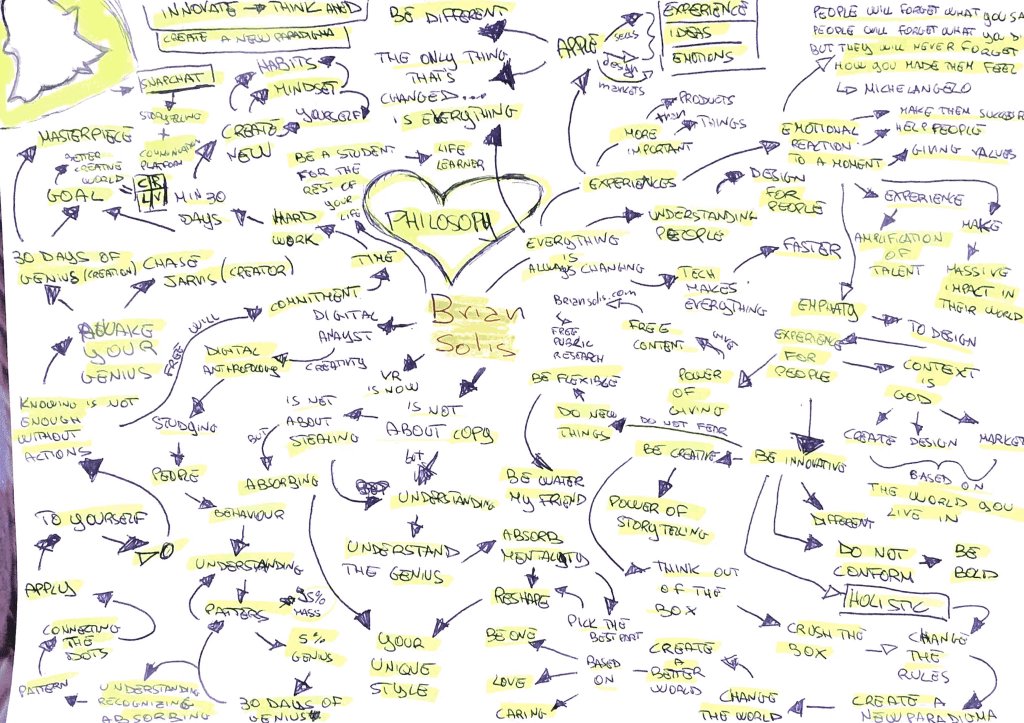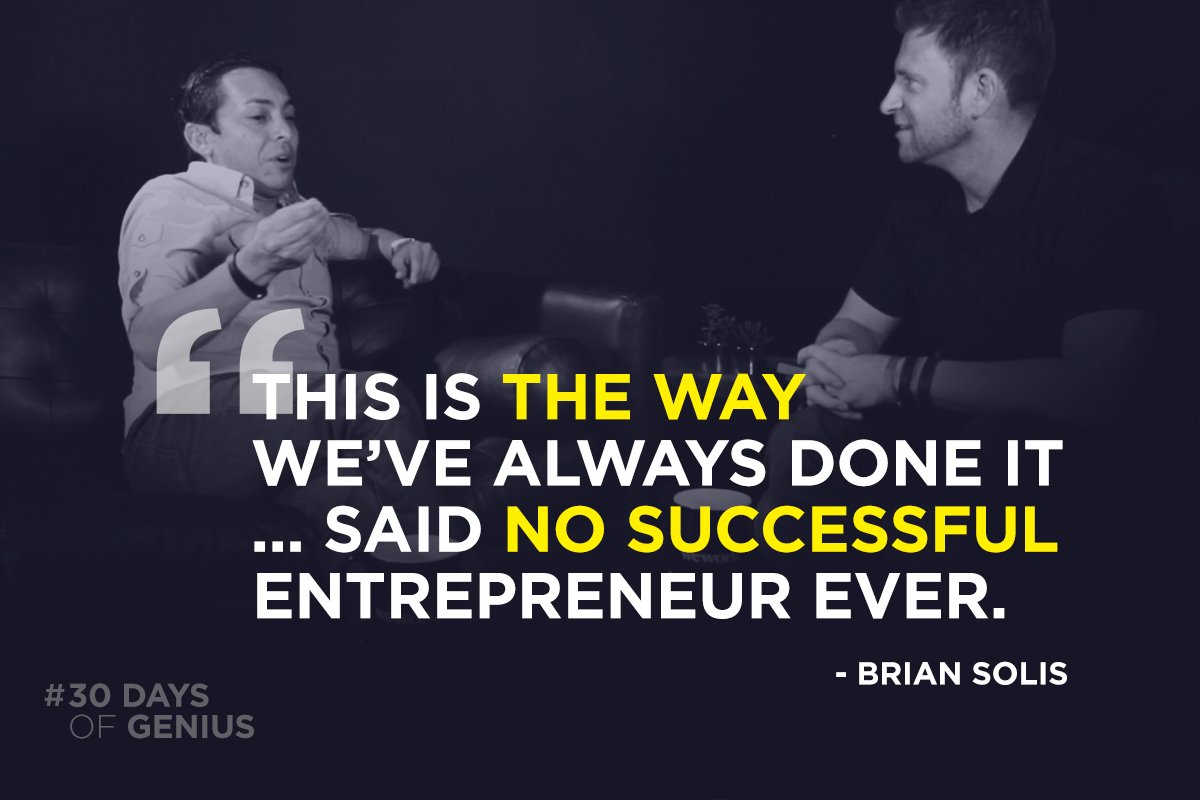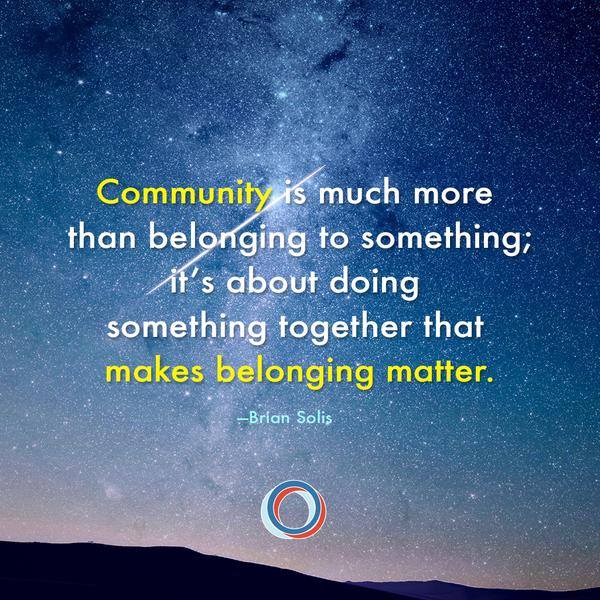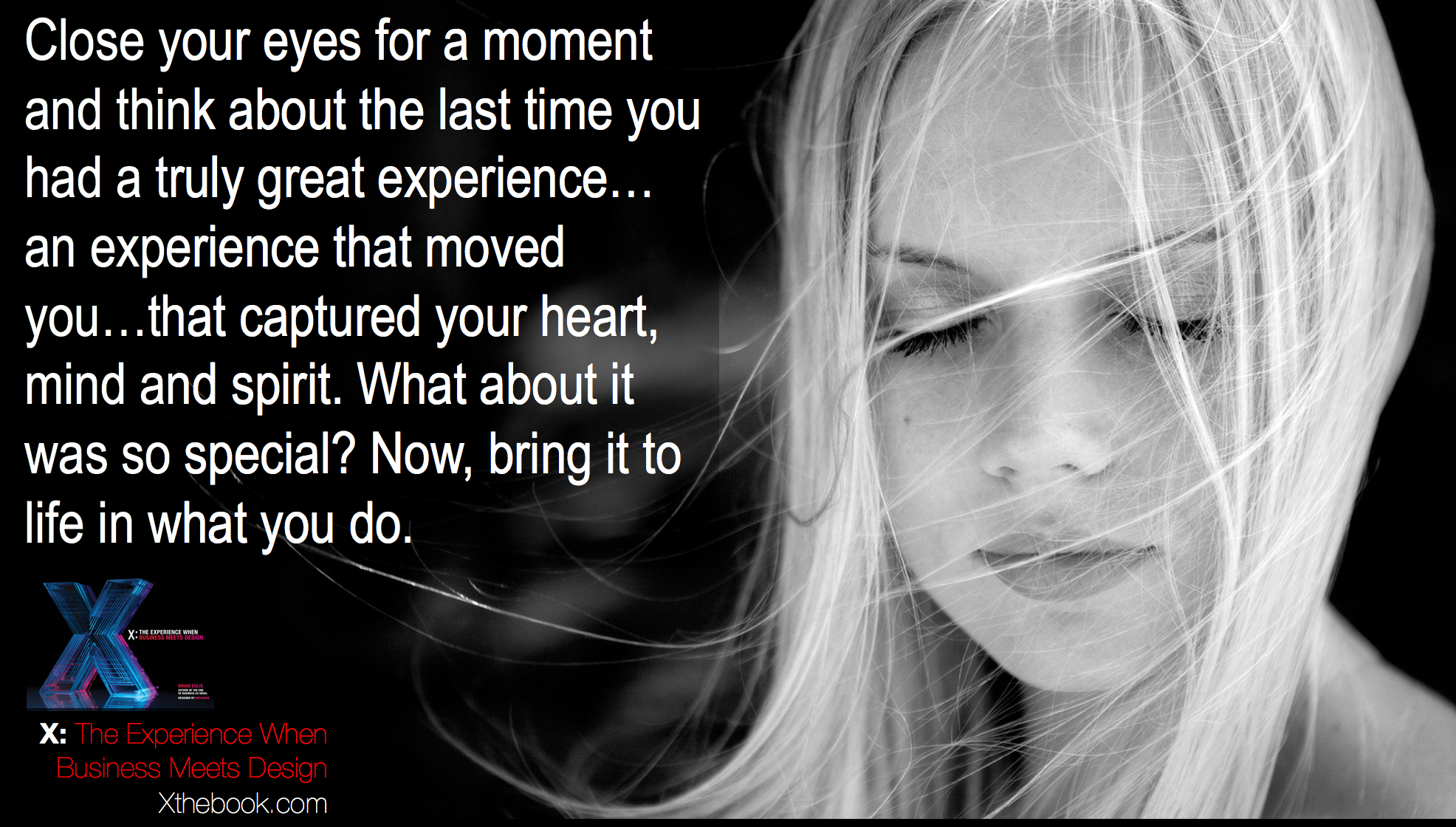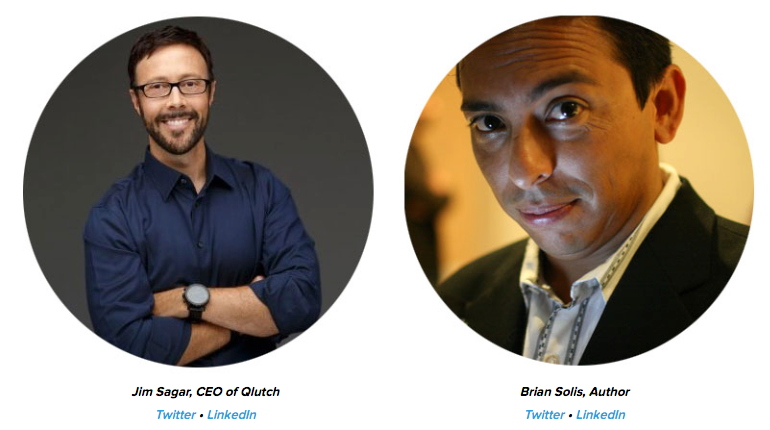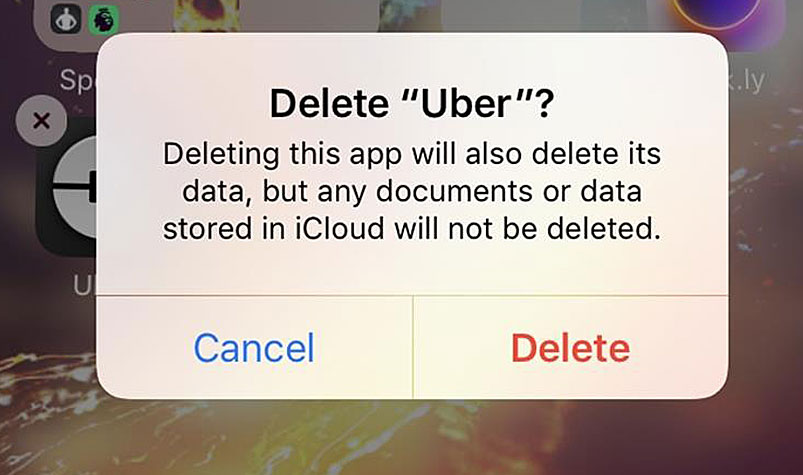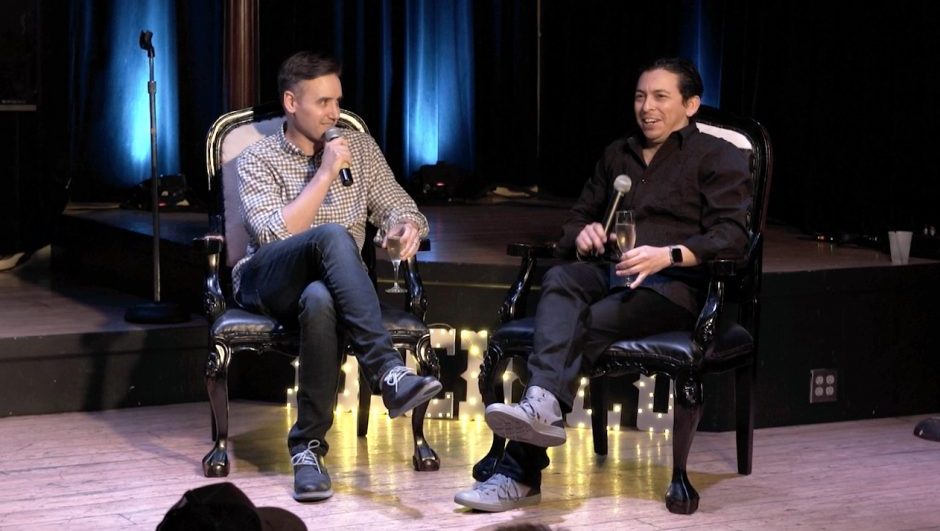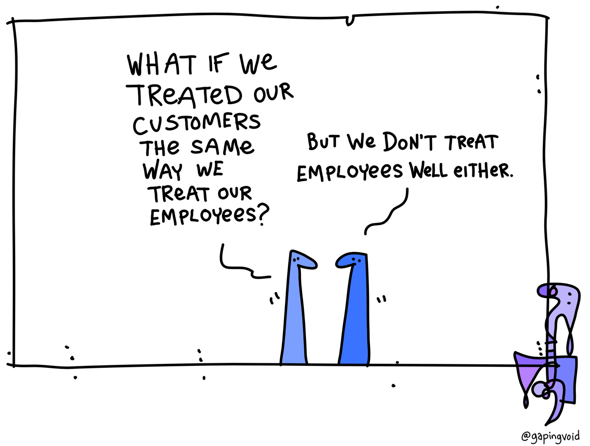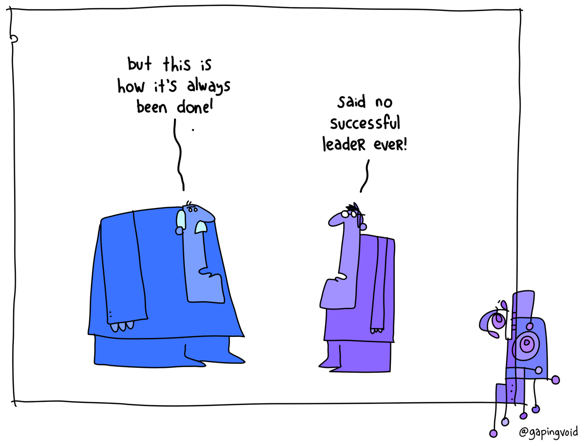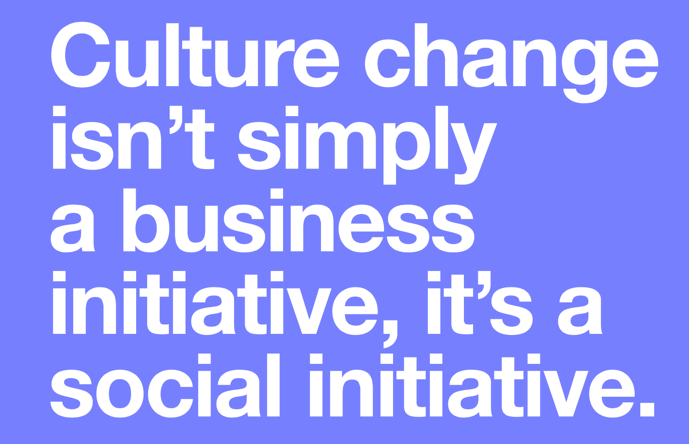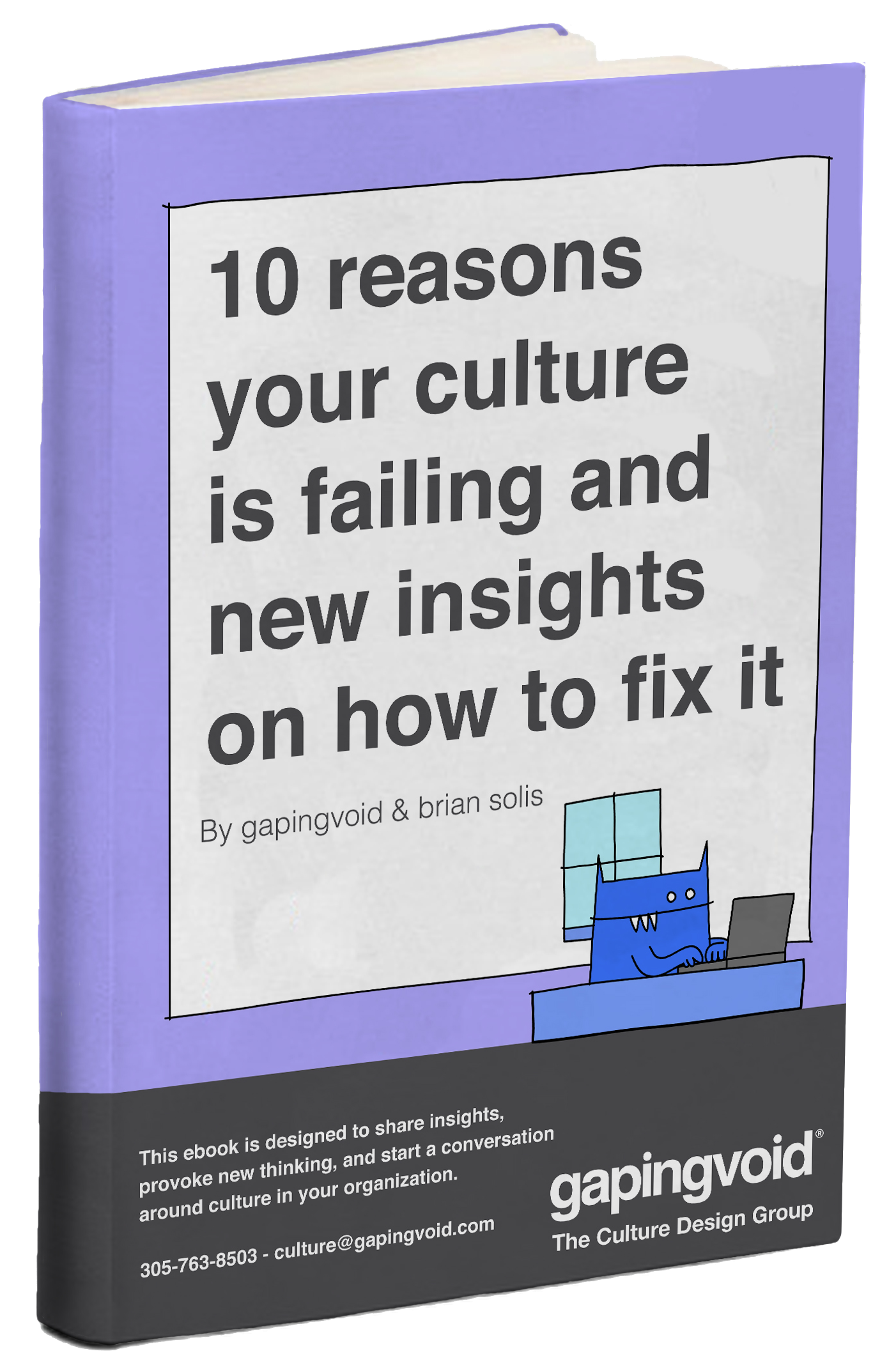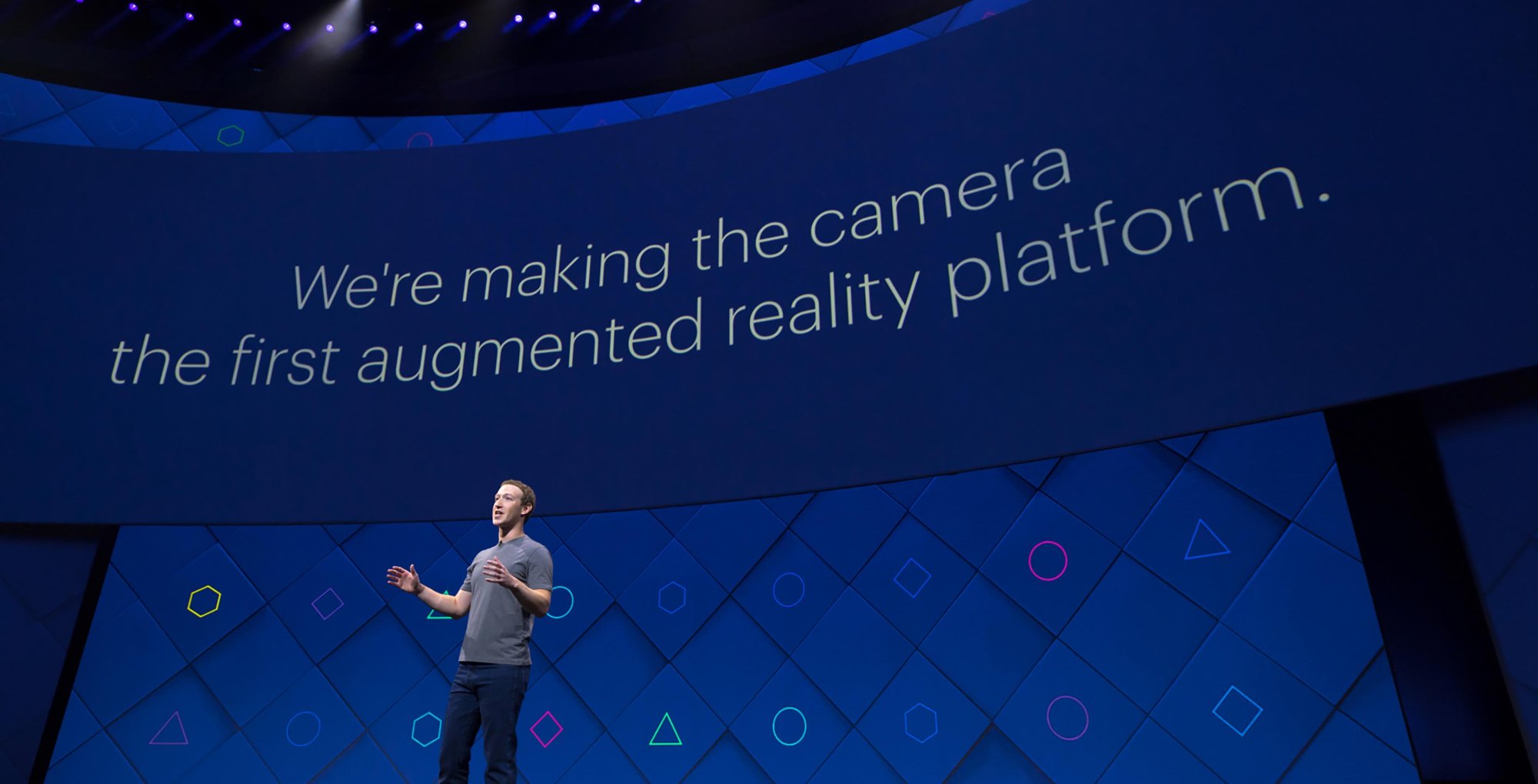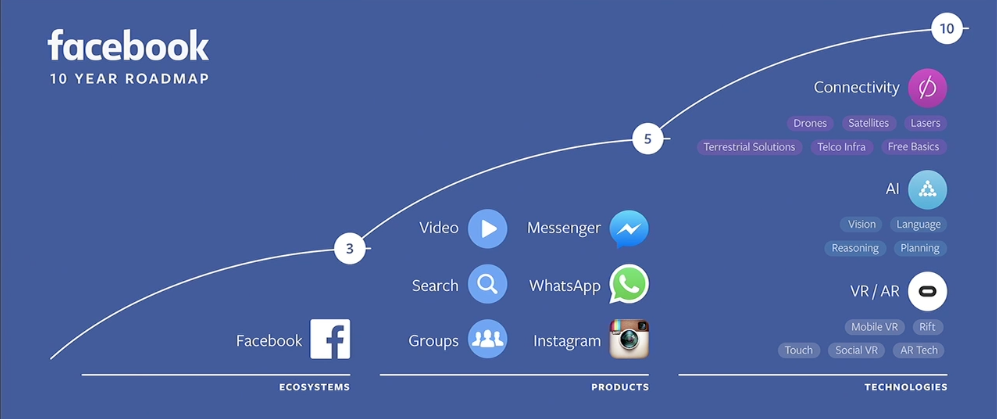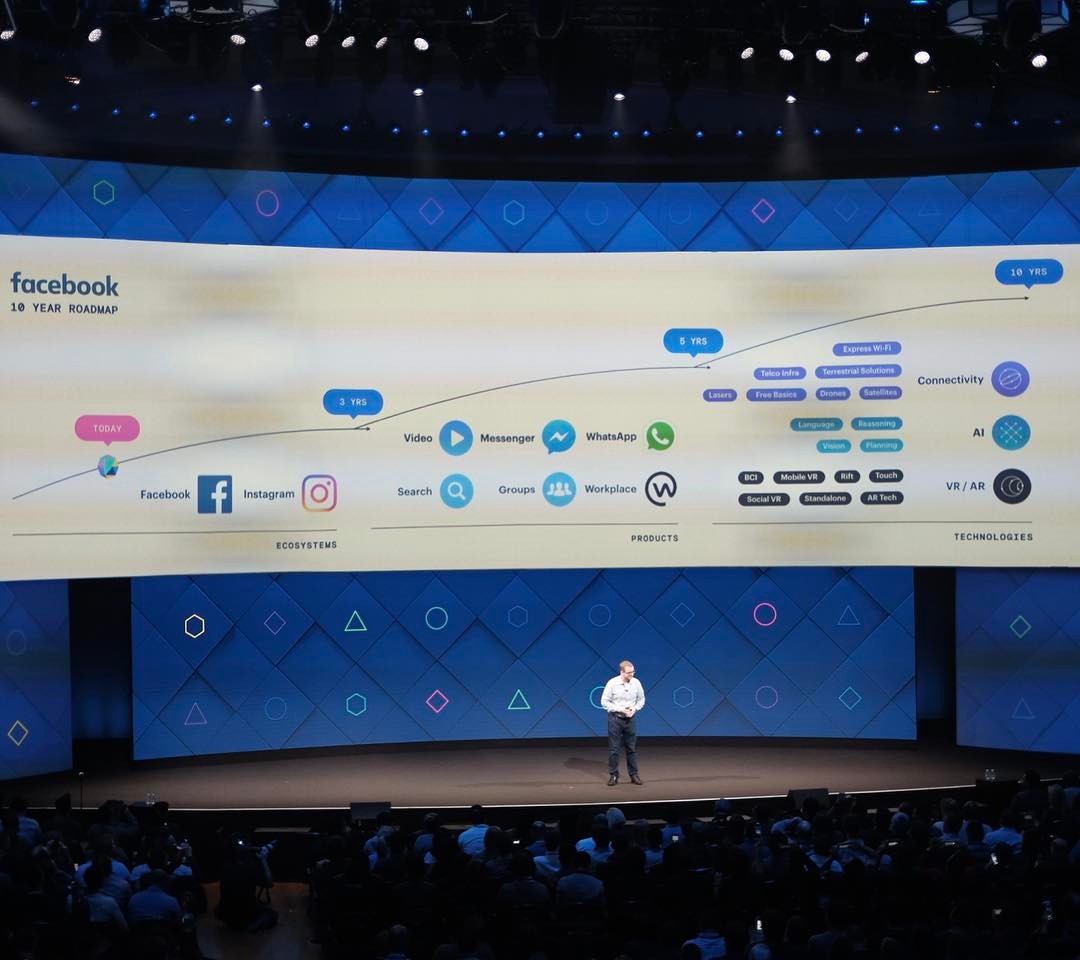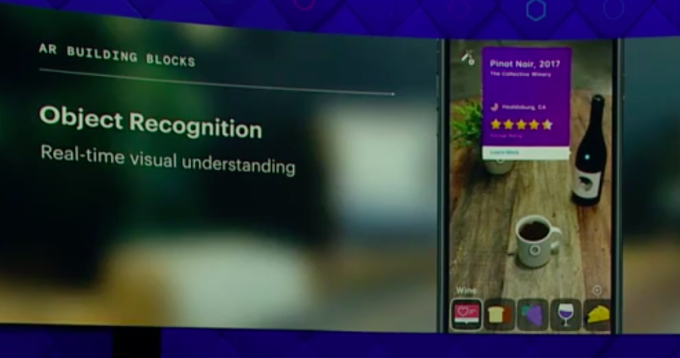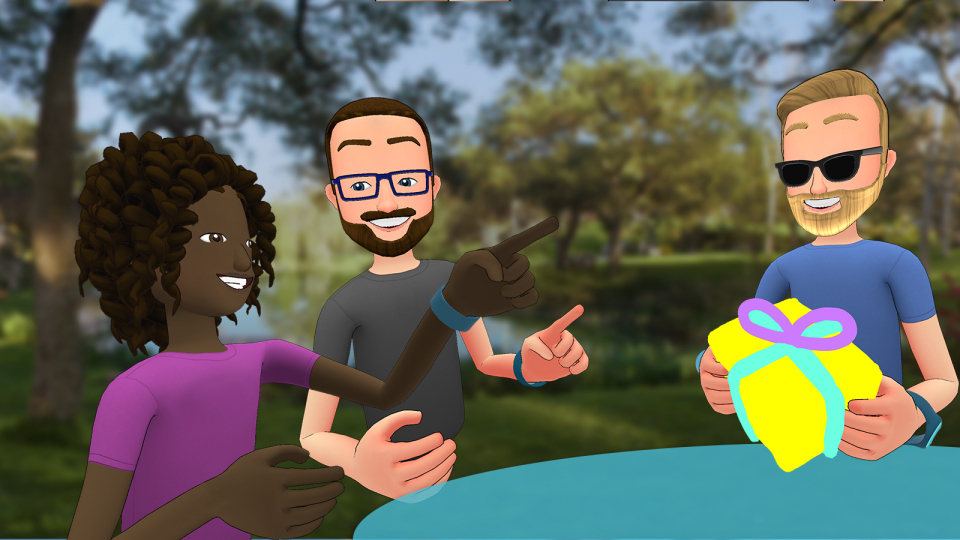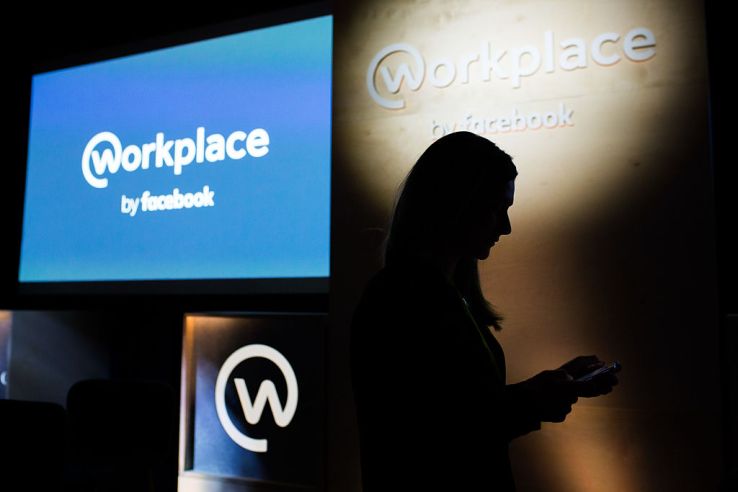![]()
If you’ve designed your marketing strategy around what your market expects today, you may want to revisit it. Why? Your market will expect something different in the future. And that future is starting to arrive now.
When I’m not deep in the weeds studying Digital Transformation, Innovation, Experience Design and Culture, I’m incessantly thinking about brands of tomorrow and what it takes to be relevant to an evolving society. I recently spent some time with Qlutch CEO Jim Sagar to explore how the role of experience is shaping the new marketing landscape. That conversation turned into a podcast and I wanted to share it with you here.
![]()
Transcript:
JIM: Brian welcome, it’s great to have you here today!
BRIAN: It’s great to be here, thank you. Thanks for giving me the opportunity to share more about the book.
JIM: Brian, in your book X: The Experience When Business Meets Design, you say that great products, creative marketing and delightful customer service are not enough to win in today’s economy, and that the future of businesses about cultivating meaningful experiences. And that’s a big change from what many business leaders currently think, especially in the small to mid-market. What do they need to do differently in the future?
BRIAN: I think as anybody could attest, we live in interesting times. Fortunately, or unfortunately, what you’re seeing is sort of this revolution in connectedness and how people apply that connectedness to their personal and professional lives. To give it a little bit of a back story of what this means, because every technology has always brought about change in the industry, this technology revolution in particular is bringing about a significant change in behavior, preferences, expectations and even core values and norms. This has a bigger impact beyond just business, but what makes it difficult for any executive to see is that they are not the people they are trying to reach. Most companies are shareholder centric or stakeholder centric; for most executives their entire job is to move organizations to greater profitability and scale, and everyone else on the front lines are aimed at doing their job to achieve this bigger business goal. Over the last 50 or 60 years we’ve sort of cemented these management processes and organizational models that are largely deployed around the world, that essentially make it difficult if not impossible to continue with business as usual, to compete for the way the world is changing. And every aspect of the world is changing; not just customers but employees, expertise, skillsets – you know, you have a great technology revolution still on the horizon, like automation, AI, machine learning, I could go on and on.
What we’re setting the stage for is trying to design the business of the future. Now, long story short, X was written as a way to accelerate this digital transformation if you will, by focusing on the new customer experience, because when you start to understand how the customer is different at a core human level and more so how they make decisions, why they make decisions, what kind of businesses they are looking for, what kind of products they are looking for, you then start to see exactly where you’re weak inside of the company today – how you’re structured, how you could be better structured, where you’re missing opportunities, how you could get those opportunities and then how you get the skills and talent in between all of those things, to go execute successfully over and over again and grow and learn in the process.
So it was the way I felt I could expedite change if I can get executives to see the importance of how experiences were governing markets, and more so how they could plug into how people wanted experiences that might be different from what they understood or even just assumed.
JIM: Brian, in your research, have you been able to determine if there is a single driver of this change, or is it a confluence of multiple things?
BRIAN: It’s so many things, that it’s why it’s so difficult to just accept that this has happened. Just on a high level, mobile devices for example are one of the culprits in that they are on all the time and they’re changing people’s behaviors. We look at our phones about 1,500 times a week and that’s on a low number. That adds up to about 177 minutes every day, and what’s happening in those minutes is that we are individually reprogramming our brains. Think about the apps you use, the services, the locations you use, things like social media, apps like Uber or Tinder. These things are basically conditioning people to get what they want, when they want, how they want. And even the networks that they use, they are being trained to expect the world to revolve around them. That’s just what’s happening, people are getting very good at finding information and misinformation, they are getting very good at tuning out messaging, they are getting very good at becoming more elusive. But all along the process is becoming more impatient, more demanding, and definitely discerning.
So over time these apps, these networks, these devices, these technologies, they really start to change how we communicate more so and then how we align with others, how we build communities around the things that we love, that we aspire to become. And all of these things start to push us in a new direction that takes us away from the traditional way a company would reach a community or market or customers. So the idea of brand and brand values and brand identity; those things are sort of losing their weight. They are eroding in favor of how people are seeing brands or want to see brands, or how they’re making decisions about lifestyles – all informed by the communities that they participate in. So the ways that companies used to market and sell and serve are just a function of 60-year-old business models; how people want to engage are now much more Uber-like.
So things like the words ‘customer experience’ (or CX), Uber for example has set the stage for CX by showing people what it’s like to remove friction, combine a series of services behind a very user-friendly app, and to help you do something that you normally would do by going from point A to B, but also now understanding that it wasn’t just about transportation, it was also about the experience that went along with that both physically and then also digitally. So they set the standard for other companies; ‘why isn’t my bank like that?’, ‘why isn’t my insurance company like that?’, ‘why isn’t my healthcare like that?’
So whether we know it or not, the bar for customer experience is already being pushed higher and higher and higher; every day it becomes more prolific simply because of our digital lifestyles that live.
JIM: Brian, what advice would you give to marketing and business executives to be able to take a look at their brand architecture and redesign it around this customer experience? You mentioned that the bar keeps changing and moving up; it’s difficult for a lot of traditional business executives and marketers at the midmarket level or in business to business, down to the smaller companies, to grasp that until it becomes mainstream. We’re heading in that direction, but what would you tell them to do to reshape their architecture to fit this new model?
BRIAN: I think the first thing they have to do (and believe it or not, this is the hardest part) is accept that just doing business is not enough. I think a lot of organizations think the busy work or just the process of work or the acts of work are really what it takes to compete these days. That prevents anybody from actually seeing and appreciating what’s happening outside of those routines. I have this saying that I tried to be innovative once but I got stuck in meetings all day. We’re just conditioned as human beings to follow the rules and follow the processes and work as hard as we can and hopefully that’ll do it, but really it starts by accepting that number one, there is a different type of customer, number two, the digital customer is ultimately going to become the customer, and three, the traditional customer that we’ve known in the past is just getting smaller and smaller and less lucrative. But it’s hard for anybody to see that because in many cases everything that they work for, everything they’re measured against, every bit of process that they operate against, these are things designed for yesterday’s customer and yesterday’s markets.
So at least accepting that there’s something to learn, and then also accepting that they are not the customer they’re trying to reach, and then lastly accepting that digital is actually not going away; it is not a channel, it is a way of life. Then from there, with an open mind and a fresh perspective they can start to see things differently which will let them do things different. One of the places I like to recommend companies of any size and shape to start as the book talks about, is looking at micro-moments, looking at the customer journey as it exists and looking at how customers are changing how they go through the journey, looking at the customer journeys of companies that are changing the world and see what those are like. But also look at the micro-moments for your particular segment. Micro-moments, or something that Google and I worked on together over the last couple of years of research, in how the mobile devices changed how people find information about what products or companies they want to work with, and then more so, documenting how the mobile device affects where people make decisions.
The reason why I say micro-moments is a good place to start, is because it’s so profoundly different than what we think today. And it helps us see just how much we’re missing and just how different we are in terms of how we talk to markets today, versus how they make decisions. It’s sort of like this baptism by fire approach, where you learn so much so fast. You create a sense of urgency, which then of course spills out into improving the rest of the customer journey.
JIM: One of your comments that was really interesting, you mentioned that digital is not a channel. A lot of companies that we work with — B2B and midmarket companies — treat digital as a channel and a lot of them haven’t seen any measurable success. So the executives look at marketing spend into the digital channel, they’re not able to see ROI, and they say that it doesn’t work. From the marketer’s perspective, selling this idea to them to get budget approval and management buy-in may be even more difficult if they haven’t already started to have success. Do you have any data or metrics, or is there any kind of hard business information that these marketers can use to present to their executive management team to get them to buy-in to this shift?
BRIAN: Everybody is looking for that silver bullet, whether it’s a data pool or studies of best practices from other companies that are undergoing this change. The reality of this is that there is no silver bullet. Change is very difficult. This is why so many of the biggest companies in the world are collapsing — it is because there is no sense of urgency to compete for the future. Every single example — I can point them out over and over again, whether it was Kodak, Blockbuster, or Borders – these are companies that were too big to fail until they weren’t. I also say that ignorance is bliss until it’s not. You have to want to try to compete for the future, and it should become a mandate from the top down, or what happens often is there’s a change agent or a series of change agents within the organization who go out and gather the insights necessary and specific to their market and tie it to their bottom-line, because leaders won’t make decisions unless they can see that spending money for change is going to help them make more money over time. Lastly, we have to try to make the case to get out of this short-term mentality that many businesses have in terms of competing quarter by quarter. It is very difficult to compete 10 years from now when you’re competing for the next 90 days consistently.
So of course, there’s all kinds of data — Pew has all kinds of really incredible numbers that will blow your mind — but they’ll only blow your mind if you understand what it means. I often say that people have to become four things; one is this sort of analyst to go gather the data necessary, and I can’t over-emphasize just how important it is to make that data relatable to your business and to your business’s bottom line. The second thing I say is that you have to be a lawyer, because you have to be able to take that data and those insights and make the case to many people convincingly. You also have to be a politician so that you can network outside of your sphere of influence; this is really about bringing change across the organization, especially from the top. Lastly is a cheerleader, because this is difficult and hard, and people (especially those trying to bring about change) need to be reminded that this is the right thing to do.
JIM: Brian, you mentioned a couple of companies that at one time were too big to fail — they were established brands that everybody knew and trusted — and then they failed. Are there any types of brands or companies that are on the danger list, that need to implement these changes immediately or risk failing, or is this more of a universal shift across all types of industries?
BRIAN: All industries are moving at varying speeds, retail is one of the most interesting in that you’re watching the collapse of many companies happen right before your eyes. I will not say specifically who because I don’t want to upset anybody, but it’s everywhere. It’s in every industry, and to think that, well, I’m in the business-to-business sector, or I’m in this sector, that it is not going to help me or hurt me. I try to make it very personal, I try to say that you compete for what you know, but the companies that succeed are the companies that are building the future; that’s why disruption exists. Disruption is when somebody introduces something that makes you do something new in ways that make the old things obsolete, and that’s happening over and over and over again.
So the more that we try to better understand what’s happening on the horizon, what’s happening with companies that maybe we don’t compete with but the customers that we want are using those types of products and services, the more then we can understand these things and get insight. Otherwise, you’re just operating within an insular ecosystem and benchmarking your work against your yesterday’s standards and focusing on shareholders until you basically squeeze that lemon dry. And that’s unfortunately what a lot of businesses are doing – there’s short-term mentality, there’s fear, there are politics, there are egos, there’s self-preservation. There are a lot of lot of things that aren’t necessarily related to technology at work that we simply have to engage in a very human level.
With that said, the more the companies are open to exploring what’s possible, at least it’s a start. I often talk about this concept of digital Darwinism: whatever you do doesn’t stop digital Darwinism. If you do nothing, digital Darwinism still happens, and that technology and society evolves. And it evolves at different paces in different worlds, in different countries and different industries, but it is always progressing, and it’s progressing with or without you.
I read a lot of research outside of books around corporate innovation, and how companies are investing in innovation centers or renovation teams as a means to try to compete against disruption. So there are a lot of companies that are on the chopping block or the dead-pool as you would call it, but a lot of this just comes down to leadership, and it’s consistently the same problem over and over again: how do we compete for relevance? And in order to answer that question we have to first define what is relevant to a new market, because what we’re trying to peddle or how we’re trying to do it was for yesterday’s market. So now what do we do differently?
JIM: You mentioned Uber. What is the key takeaway that a marketer can learn from how Uber has designed the experience, and what other brands would you recommend they look to that are doing this well today?
BRIAN: In the book I talk about the concept of a branched style guide, just as a whole of humanizing this whole process of experience. Before we get to that question let’s talk about what experience even is, because we all have experiences and what those experiences are we tend to sort of take selfishly, and when we make decisions about how we want to deliver experiences to customers, they’re not actually customer-centric, they’re just simply trying to improve the existing paradigm to make it better or easier for customers based on new trends. That’s not a bad way of thinking, it’s just not fast enough and it’s just not necessarily the right way to consider what’s happening.
For example, I use this imagery of an iPad and a magazine. To some people in the world, a magazine is an iPad that doesn’t work. To some of us like me who’s a little bit older, I had to learn what an iPad is, and to leap to use it was understandable because I was going from a static design to something digital. But when you reverse it, you have to go from the natural intuition of how you engage with technology as part of a lifestyle, backwards to review the websites that haven’t been updated in terms of their look and feel in operation since the 90s — you know, these lame forms that exist, payment checkout processes that are just archaic and painful. Even for employees and how they have to work with these – some companies still use Lotus, that just blows my mind, when in fact in their personal lives they’re messaging with WhatsApp or Snapchat and other things that are just far more intuitive.
So all of these things set the stage for what an experience means. An experience, if you just define it at a very common level, is an emotional reaction to a moment. That experience is going to happen with or without intention, so why would we leave it to chance? So then, I have to say, what experience would you value? What are the experiences that you value in your life? So I have to look at who my customers are and the things that deliver great experiences to them consistently, and then I can look at those elements and start to reimagine what my brand should be but also what my brand experience should be, so that we can design these elements into our strategy and bring them to life through customer experience work, through user experience design, through usability, through user-interface design, and think about more holistically this customer’s world and every facet of which they operate in, and basically modernize our whole customer journey.
Now, that is bigger than anyone can do in any one sitting, but that’s what it would take to compete for the future. The entire book talks about how to design meaningful experiences, starting with how to figure out what a meaningful experience is, and then design, starting small with micro-moments and expanding over the customer journey over time. But essentially, what we’re talking about is the complete reinvention of what a brand is moving into in the years to come.
Please read X, The Experience When Business Meets Design or visit my previous publications
Connect with Brian!
Twitter: @briansolis
Facebook: TheBrianSolis
LinkedIn: BrianSolis
Youtube: BrianSolisTV
Snapchat: BrianSolis
Invite Brian to speak at your next event or meeting.
The post Is Your Marketing Strategy Aimed at the Present or the Future? appeared first on Brian Solis.
![]()
